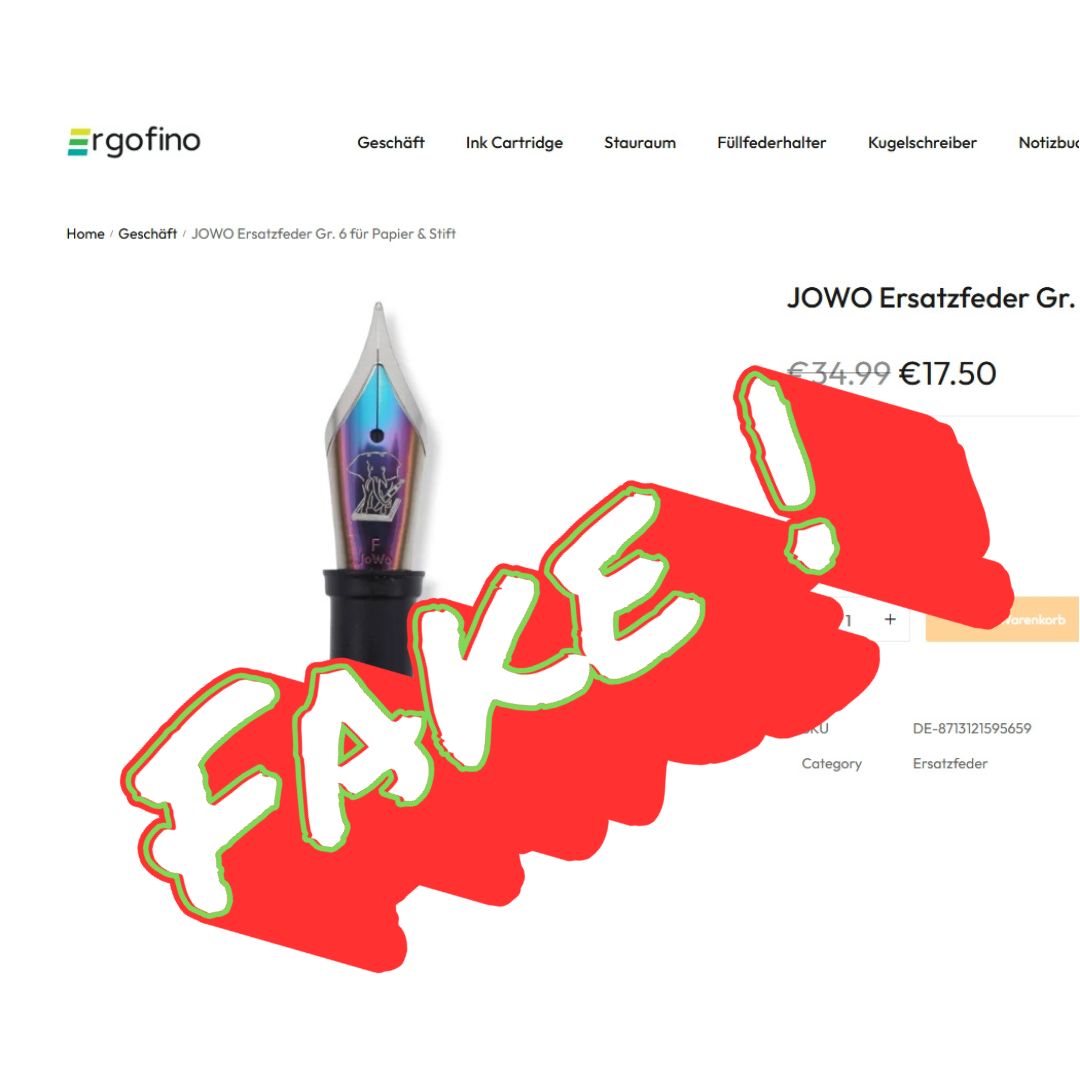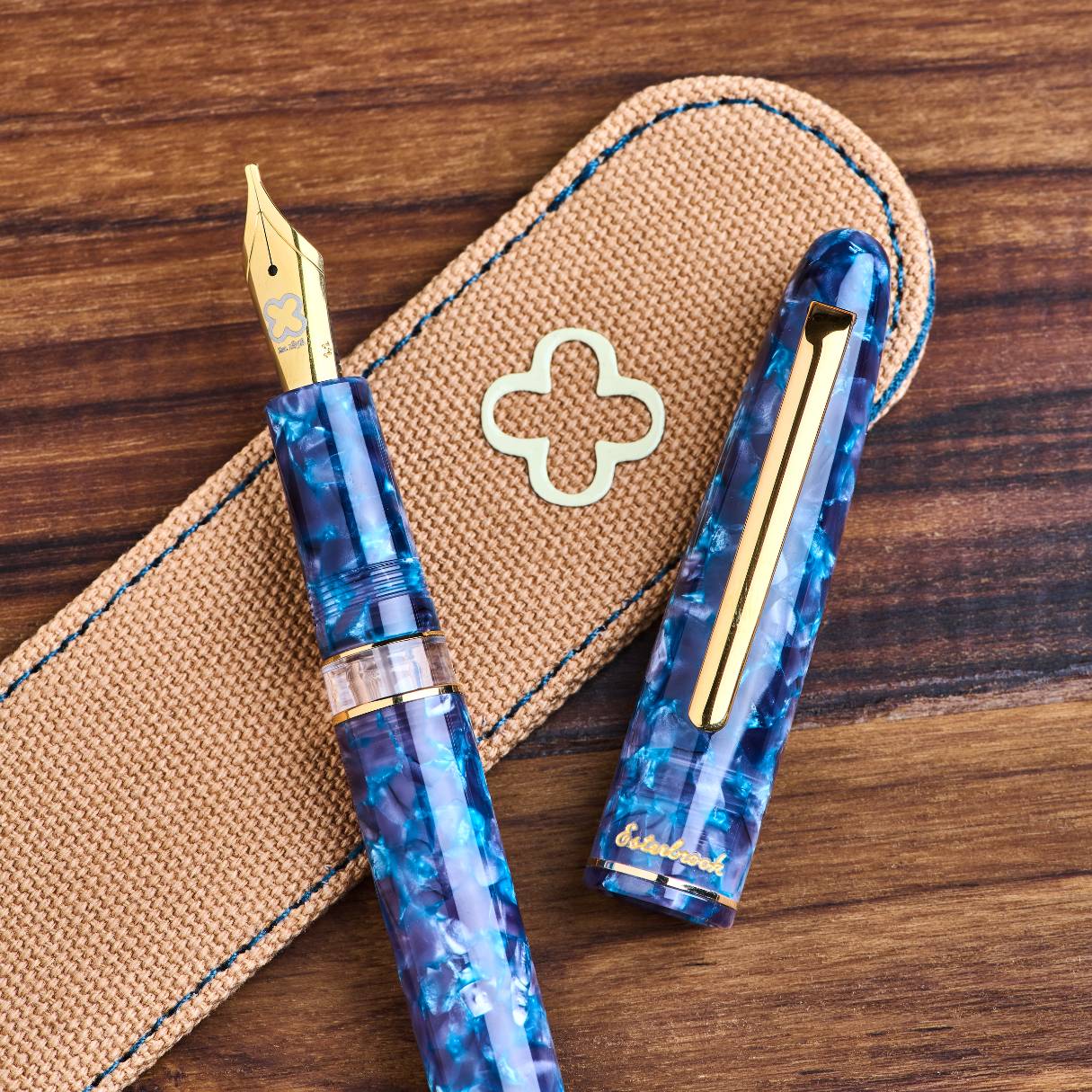Iron gall ink is a type of ink that has been used for centuries. It is made from iron salts and tannic acids extracted from plants. This ink has many benefits, including the ability to form a strong bond with paper, resistance to fading, and water resistance. In this blog post, we will go over the history, the different types of iron gall inks, and how to use this type of ink. We'll also provide comprehensive instructions on how to make your own iron gall ink!
1. history of iron gall ink
Iron gall ink was first used by the ancient Greeks and Romans, and was also very popular in the Middle Ages. In fact, many of the world's most valuable manuscripts were written with this ink, including the Gutenberg Bible and the Lindisfarne Gospels. Although it is no longer widely used, it remains an important part of history.
Iron gall ink is a dark blue or black ink. Its formula contains tannin (gallotannic acid), iron sulfate, and water. The tannin reacts with the iron to form a complex compound that is insoluble in water. This makes the ink very resistant to fading, but also makes it difficult to remove from paper after drying. Iron gall ink was used for important documents because of its durability, but also for artwork because of its intense color.
However, iron gall ink is susceptible to corrosion and can damage paper over time. Therefore, it has been largely replaced by more modern inks. Nevertheless, iron gall ink remains an important part of history and is still used by some artists today.
2. types of iron gall inks
The classic iron gall ink is a blue-black ink that darkens significantly when written. Because of the aggressiveness of pure iron gall ink against paper (and also some components of fountain pens), nowadays mostly only "diluted" iron gall inks are offered. These inks (such as those from Rohrer and Klingner, KWZ, or Platinum's Classic Ink series) consist of a colorful dye-based ink with a smaller proportion of iron gall. When writing, the ink first appears in the original ink color. But once the ink reacts with oxygen, it becomes blacker.
3. how to make your own iron gall ink
Making your own iron gall ink is quite simple and requires only a few ingredients that are readily available. The first step is to get some weakly acidic fruit juice, like lemon juice or vinegar. You'll also need iron filings, which you can get at most hardware stores. Finally, you'll need a source of tannin, such as oak bark or green tea leaves. To make the ink, mix fruit juice, iron filings and tannin in equal parts. Once the mixture is ready, pour it into a dark glass bottle and store it in a cool place.
However, this homemade iron gall ink should definitely not be used in a fountain pen, as it does not meet the standards of industrially produced inks, even after filtering. But you can put such beautiful ink experiments on paper with a pen.
If you are looking for a more traditional iron gall ink, we recommend Salix from Rohrer & Klingner or The Blue-Black ink from TWSBI. These inks are made with modern technology that makes them safe for use in fountain pens.


